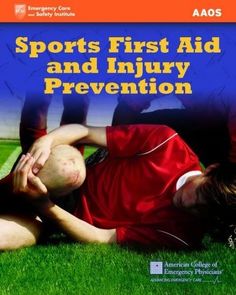Youth Track Injuries Increase
The overall number of cases increased essentially from 1991 to 2008 with young boys more likely to sustain pelvic injuries and girls with ankle injuries.
As the fame of track and field grows among school-age kids, so does the number of track-related injuries, specialists found.
From 1991 to 2008, more and more kids and teens participated in track, and the number — but not the rate — of injuries treated in U.S. emergency departments increased by 36.3 percent, as per Lara McKenzie, PhD, of the Research Institute at Nationwide Children’s Hospital in Columbus, Ohio, and colleagues.
Most by the majority of the injuries did not require hospitalization, the researchers reported online in The Sports medicine and Physician.
“Extra … studies are needed to explore the associations between the different track-and-field occasions and the body parts and age groups that are most at risk for injury,” they composed. “Particular precautions or means of treatment can then be specified by athletes, coaches, certified athletic trainers, and healthcare providers.”
McKenzie and associates reflectively analyzed data from the National Electronic Injury Surveillance System of the U.S. Consumer Product Safety Commission to look at national patterns of track-related injuries most of the children and teens ages 10 to 18. The current analysis focused on running occasions — sprinting, relays, distance running, and hurdles.
National estimates were depended on 4,496 genuine cases identified in the database.
From 1991 through 2008, there were an expected 159,663 patients (mean age 14.5) who were treated for track-related injuries in emergency departments, for an average of 8,870 per year.
The oldest patients in the review — those ages 15 to 18 — were the most likely to sustain an injury, accounting for half of all injuries. Girls accounted for most of the injuries.
The most common area of the body injured was the ankle, and the most common parts injured were the lower extremities, pelvis, and knee.
Pelvic injuries were more typical than other types of boys and ankle injuries were more common than other types of girls.
The particular type of running also appeared to influence the type of injury. Hurdling was related with upper extremity and head injuries, sprinting was related with pelvic and upper leg injuries, and cross country was related to foot and lower leg injuries.
“This injury pattern in hurdles may be due to a mechanism of injury including falling or tripping over the hurdles and attempting to break the fall with the arms,” the authors composed.
Previous reviews have shown a relationship between sprinting and pelvic injuries. One “recommended that hip flexors are one of the primary muscle groups that drive forward propulsion and increase the speed of one’s gait during running,” according to the creators. “Therefore, faster running leads to increased activity in these muscles and may result in expanded injury in sprinters.”



Facebook Comments